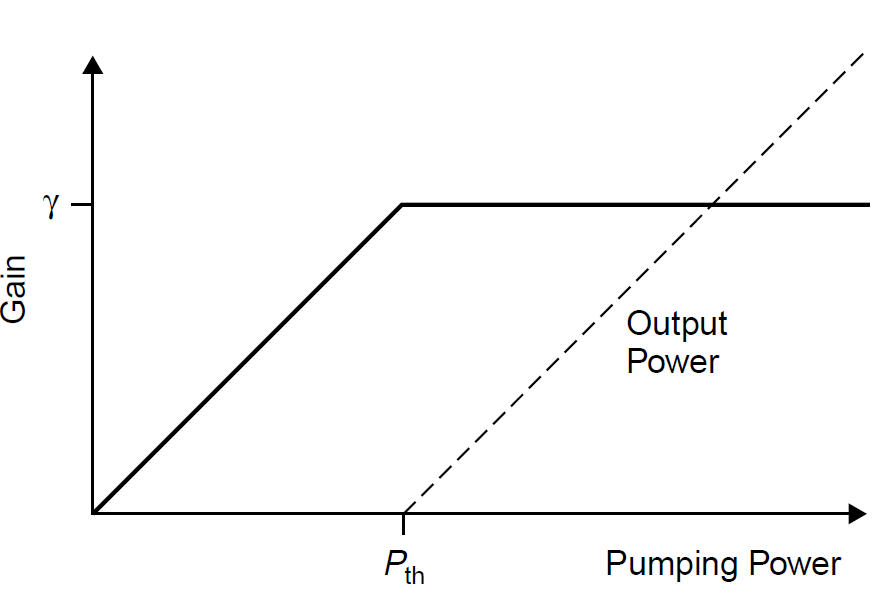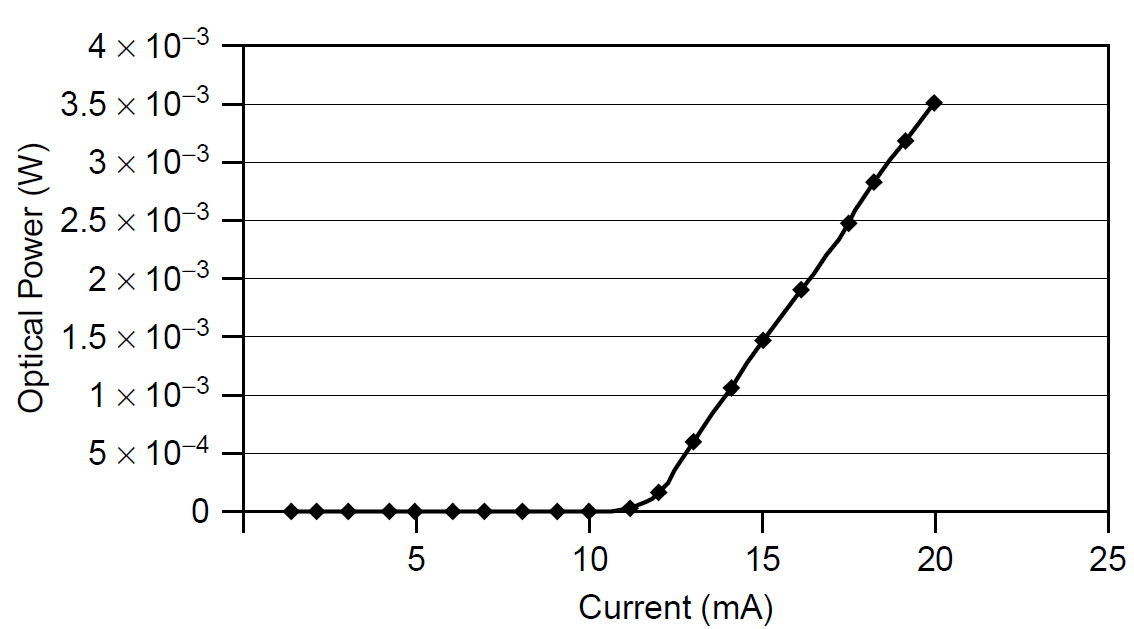
تاريخ الفيزياء

علماء الفيزياء


الفيزياء الكلاسيكية

الميكانيك

الديناميكا الحرارية


الكهربائية والمغناطيسية

الكهربائية

المغناطيسية

الكهرومغناطيسية


علم البصريات

تاريخ علم البصريات

الضوء

مواضيع عامة في علم البصريات

الصوت


الفيزياء الحديثة


النظرية النسبية

النظرية النسبية الخاصة

النظرية النسبية العامة

مواضيع عامة في النظرية النسبية

ميكانيكا الكم

الفيزياء الذرية

الفيزياء الجزيئية


الفيزياء النووية

مواضيع عامة في الفيزياء النووية

النشاط الاشعاعي


فيزياء الحالة الصلبة

الموصلات

أشباه الموصلات

العوازل

مواضيع عامة في الفيزياء الصلبة

فيزياء الجوامد


الليزر

أنواع الليزر

بعض تطبيقات الليزر

مواضيع عامة في الليزر


علم الفلك

تاريخ وعلماء علم الفلك

الثقوب السوداء


المجموعة الشمسية

الشمس

كوكب عطارد

كوكب الزهرة

كوكب الأرض

كوكب المريخ

كوكب المشتري

كوكب زحل

كوكب أورانوس

كوكب نبتون

كوكب بلوتو

القمر

كواكب ومواضيع اخرى

مواضيع عامة في علم الفلك

النجوم

البلازما

الألكترونيات

خواص المادة


الطاقة البديلة

الطاقة الشمسية

مواضيع عامة في الطاقة البديلة

المد والجزر

فيزياء الجسيمات


الفيزياء والعلوم الأخرى

الفيزياء الكيميائية

الفيزياء الرياضية

الفيزياء الحيوية

الفيزياء العامة


مواضيع عامة في الفيزياء

تجارب فيزيائية

مصطلحات وتعاريف فيزيائية

وحدات القياس الفيزيائية

طرائف الفيزياء

مواضيع اخرى
THRESHOLDS FOR LASING
المؤلف:
Mark Csele
المصدر:
FUNDAMENTALS OF LIGHT SOURCES AND LASERS
الجزء والصفحة:
p104
10-3-2016
1993
THRESHOLDS FOR LASING
In any medium there will be losses due to scattering, absorption by impurities, and losses caused by the cavity and tube walls itself. In addition, to be practical, we will purposely extract a portion of the laser beam within the laser and use that as our output beam. In a practical laser such as a He Ne, we might extract 1% of the light in the cavity as a beam. That really means a loss of 1%. Obviously, we must have enough gain inside the laser medium to allow us to overcome all losses in the laser as well as to allow us to extract our output beam and still allow laser action to continue. Given all losses, we can calculate a minimum gain that allows laser action. This is the threshold gain of the laser medium. Although some elements of the laser cannot be easily controlled (such as the wavelength of the transition in a gas laser) we can control the amount of power we extract through the output coupler, the partially reflecting mirror at the front of the laser. It should be evident that there is a limit on how low the reflectivity of the two cavity mirrors can be for a given laser medium. Remember that regular aluminum mirrors have a reflectivity of only about 85%. Indeed, many lasers, such as the He Ne, lack the gain needed to allow such huge losses. This explains why dielectric mirrors are used for many lasers. These mirrors use multiple thin film layers to interfere with, and reflect, incoming light. Such mirrors can have reflectivities of up to 99.999%! They are not easy to make, though, and require a high-vacuum thin-film coating apparatus to produce. This also explains why laser mirrors are so expensive as opposed to the common metal film (e.g., aluminum) variety.
Of course, the length of the laser medium also affects threshold gain. Obviously, the longer the tube, the higher the amplification, hence higher losses may be tolerated. Take the argon gas laser as an example. Short argon lasers (30 cm) absolutely require dielectric cavity mirrors, but there are many reports of longer lasers (1 m or more) lasing with aluminum mirrors, especially on the strongest transitions (514 and 488 nm). Many of the weaker transitions simply do not have the gain to lase without dielectric mirrors. The stronger transitions may well tolerate 15% or greater losses in the mirrors.
Some lasers have huge gains, so high that light is amplified to a usable level in a single pass down the tube. Such lasers are termed super radiant and operate without feedback (i.e., no cavity mirrors). Nitrogen lasers are usually super radiant. It may be noted, though, that including a single rear cavity mirror in this type of laser boosts power output and creates a beam with better characteristics (such as less divergence of the beam as it exits the laser). Other lasers, such as copper-vapor lasers, require very little feedback to lase, and an uncoated glass window (which reflects 8% of incident light) makes a suitable output coupler for such a laser. Nitrogen-laser pumped dye lasers frequently have enough gain to operate super radiantly as well. Almost all super radiant lasers are strictly pulsed and will not operate in CW mode.
X-ray lasers are another, if not somewhat extreme, example of super radiant lasers. These are really short cylinders of very dense, very hot plasmas. Since the lifetime of the plasma is very short, typically less than 1 ns, they are mirror less lasers (since, at most, radiation could traverse only a pass or two in the short time interval; the same situation occurs in nitrogen lasers with short pulses). They amplify spontaneous radiation, and because they cannot utilize mirrors, the gains are typically 500 m-1, enormous by laser standards! This enormous gain does not manifest itself, however, because the plasmas are usually created from a high-intensity laser interaction with a flat metal target (the metal being the lasing material). The density gradients in the gain region (between areas of different refractive indices) are huge, so much of the amplified light is refracted away from the gain region as it propagates along the gain cylinder. At the end, the integrated gain (that which is actually usable) is only about one tenth of the gain inside the laser medium itself.
Note also that there is a threshold on the pumping rate that must be reached for lasing action to occur. First, until the pump rate (the rate of input power) is sufficient to allow population inversion (higher populations at the upper lasing level than the lower lasing level), laser gain (and hence coherent output) will not begin. But population inversion alone does not guarantee laser output, as the laser will not produce output until the gain overcomes losses in the laser. The situation is outlined in Figure 1.1, where gain is seen to increase as pumping power; however, laser output does not begin until gain in the laser is equal to the total losses. This is the threshold pumping power (Pth), and any increase in pumping power after that point will lead to an increase in laser output (the dashed line in the diagram). This is easily seen with diode lasers, in which a certain minimum current must be reached before any laser output is seen as in Figure 1.2, where the threshold current for this particular laser diode is about 11 mA. Output is emitted from the laser diode below the threshold, but this is primarily incoherent spontaneous emission. Once threshold is surpassed, any increase in current leads to an increase in laser output. There are physical limits on output power, though, and they usually involve the laser medium and how much power it will take per unit volume before saturating or overheating, many times destructively. In the diode laser a high current density will melt the semiconductor crystal and destroy the laser. This sets a practical limit on pumping power for diode lasers (in the case of the diode used to generate Figure 1.2, the current limit is about 50 mA; similar limits exist with other types of lasers).

Figure 1.1. Gain versus pumping power.

Figure 1.2. Output power versus current for a typical diode laser.
 الاكثر قراءة في مواضيع عامة في الليزر
الاكثر قراءة في مواضيع عامة في الليزر
 اخر الاخبار
اخر الاخبار
اخبار العتبة العباسية المقدسة

الآخبار الصحية















 قسم الشؤون الفكرية يصدر كتاباً يوثق تاريخ السدانة في العتبة العباسية المقدسة
قسم الشؤون الفكرية يصدر كتاباً يوثق تاريخ السدانة في العتبة العباسية المقدسة "المهمة".. إصدار قصصي يوثّق القصص الفائزة في مسابقة فتوى الدفاع المقدسة للقصة القصيرة
"المهمة".. إصدار قصصي يوثّق القصص الفائزة في مسابقة فتوى الدفاع المقدسة للقصة القصيرة (نوافذ).. إصدار أدبي يوثق القصص الفائزة في مسابقة الإمام العسكري (عليه السلام)
(نوافذ).. إصدار أدبي يوثق القصص الفائزة في مسابقة الإمام العسكري (عليه السلام)


















